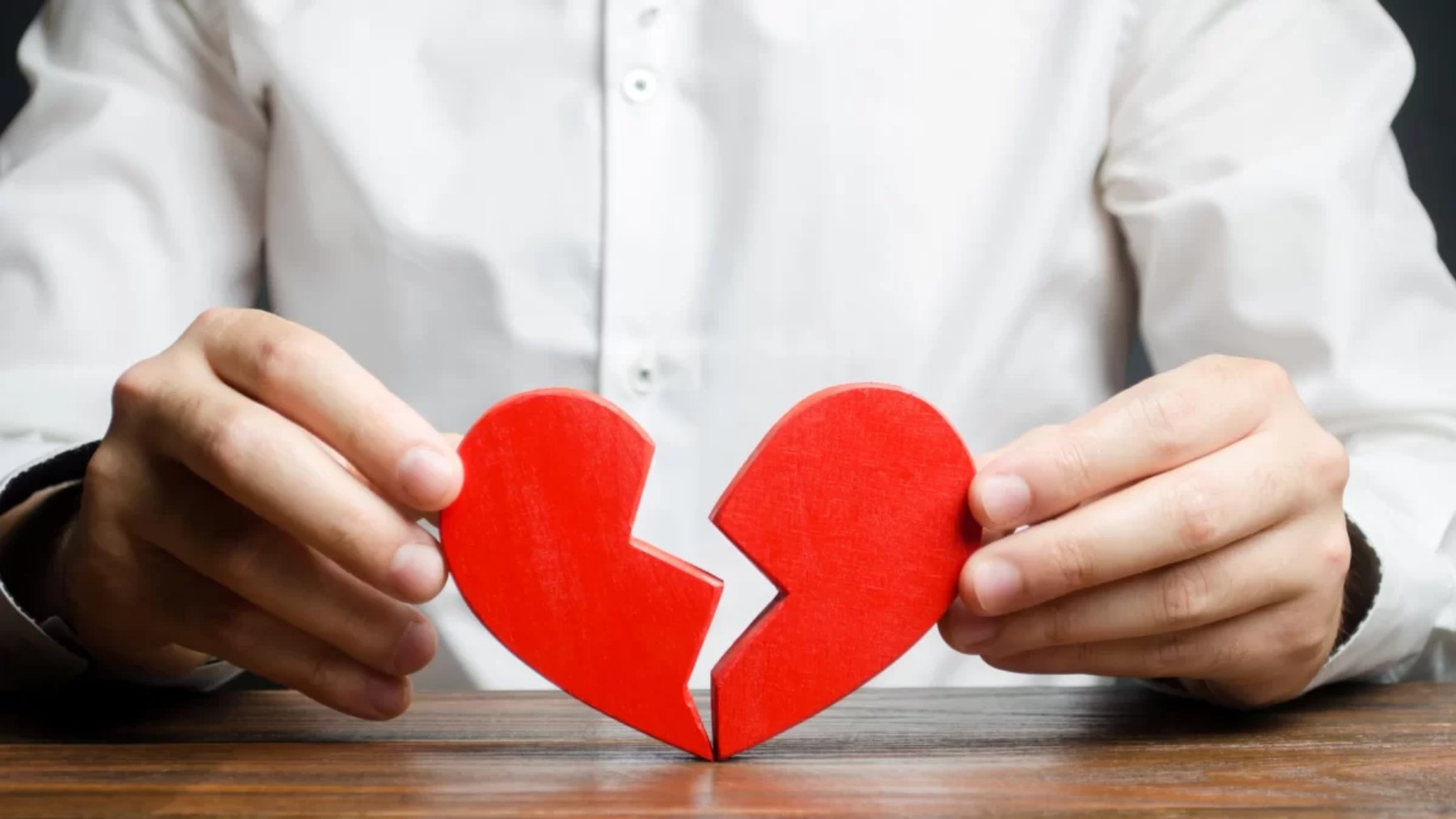Unfortunately, we have all gone through a moment of grief at some point in our lives. Grief does not only involve the death of a loved one, but also a romantic or friendship breakup. It has always been said that no one dies from love, but a Danish study has shown that this is not entirely true. According to data obtained from a sample of 1,735 people, those who experienced persistent and elevated grief had a risk of death twice as high!
This is known as ‘broken heart syndrome’, through which it is demonstrated that intense emotions and prolonged grief often lead to the use of psychotropic drugs, increased use of health services, and ultimately, a significant shortening of life expectancy. Participants were classified into five grief trajectories based on the intensity and duration of symptoms. The most vulnerable group presented a 6% risk of death in the coming years. Those who experienced more complicated grief saw their mental health affected, which also increased therapy visits. The study explains that this type of behavior can be anticipated and that early intervention can be initiated.
When grief persists with the same intensity beyond the year, psychological support should be provided to patients, as well as personalized cognitive-behavioral therapy. It is important to have a diagnosis and treatment, in addition to social support that helps to cope with the delicate moment. The study reminds us that grief is not an illness per se, but the consequences of not providing proper support can turn it into a risk factor.
The grief
We have all gone through a moment of grief at some point in our lives. It is a natural process through which we must go through the pain of loss, feel the sadness, and learn to face life after that loss. It is a tough but necessary process for overcoming the moment being experienced. The problem arises when grief lasts too long, affecting the person’s life and functionality, manifesting with symptoms such as insomnia, constant anxiety, or social isolation. It is then that action must be taken to reverse the situation.
No one dies for love, or do they?
This may be one of the most famous and heard phrases in the world. However, a Danish study has investigated this, and it turns out to not be entirely so. For this, a sample of 1,735 people was taken, and they were studied for 10 years after the death of a relative. The participants were classified into five trajectories of grief based on the intensity and duration of the symptoms. Experts investigated the patients before the loss, 6 months after it, and finally, 3 years later. They observed that the 5 trajectories ranged from those who barely showed symptoms to those who maintained prolonged grief. The results regarding their health status and life expectancy caught the researchers’ attention:
- Patients who experienced intense and prolonged grief visited the doctor more often, consumed more psychotropic medications, went to the emergency room more times, and had more medical consultations.
- There was also a higher use of mental health-related services, although despite receiving that care, they still felt just as bad.
- They had an 88% higher likelihood of dying, due to the fact that stress translates into diseases in the body.
Need for early intervention
The study also revealed the importance of improving early intervention in these types of cases. Starting with family doctors, who are the ones most able to detect these patterns, and including mental health services. It specifies that it would be advisable to personalize therapies and adapt them to the needs of the patients, beyond providing psychopharmaceuticals and conducting conventional therapies that clearly do not work.
Discover Fardi Dieck’s tips for coping with a breakup in a healthy way.





